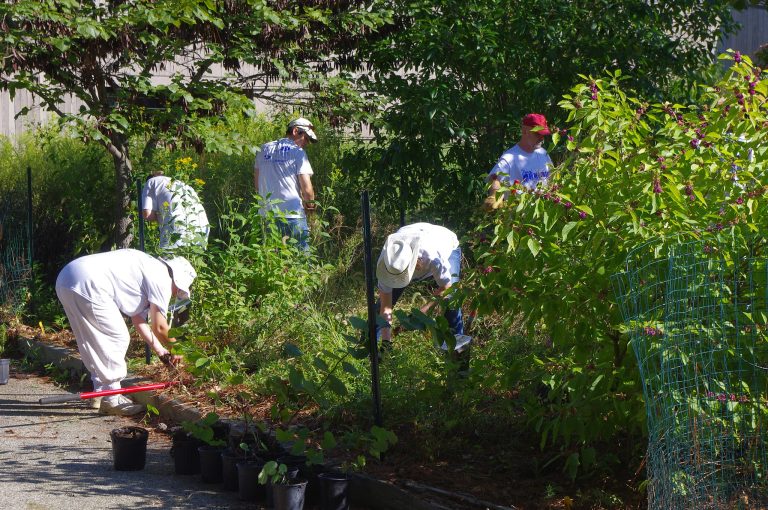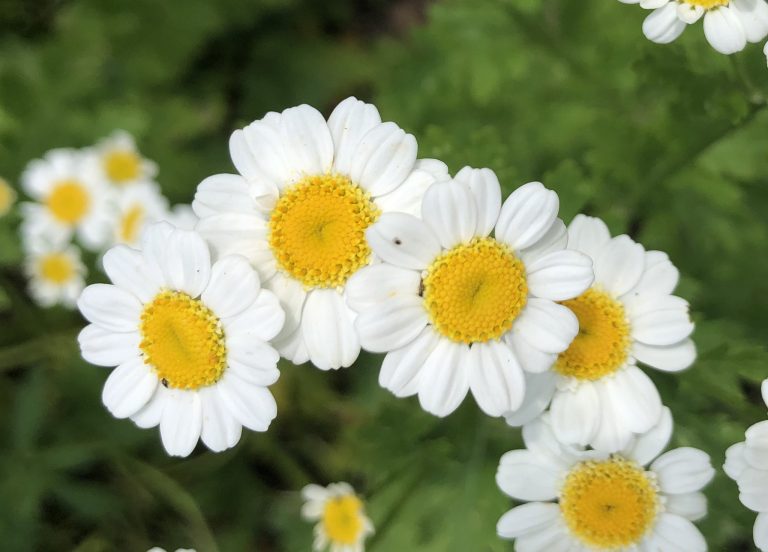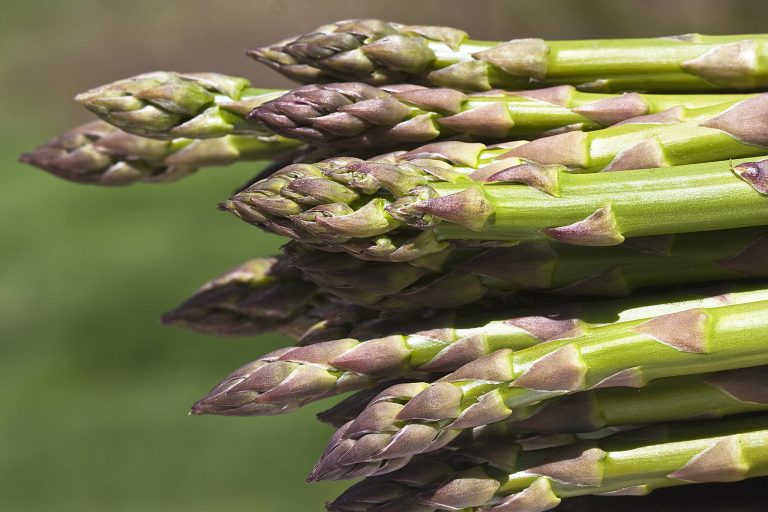Gardening is a great way to get in touch with nature, grow amazing produce, beautify your neighborhood, and attract wildlife; but even the most benevolent activities come with pitfalls. While there are elements of the outdoors that make some folks opt to stay inside, these dangers can be easily addressed with a few key survival tips.
Survival tips for poison ivy
Poison ivy is a viney member of the cashew (Anacardiaceae) family. Native to North America, it is commonly seen climbing large trees, entangled in shrubbery or mixed in with ground cover — basically anywhere! Up to 85 percent of Americans are sensitive to the oily resin urushiol found in all parts of the plant. While animals can dine on this robust herb, we have learned to avoid it; and with good reason — to sensitive individuals, it can cause a nasty, itchy, spreading rash.
While avoiding poison ivy can help prevent the rash, this method is not foolproof. The plant is often hidden among other vegetation, and the leaves are not always easily recognizable, as they can change in shape and color; so we cover up…
Yet it can be most unpleasant to work covered head to toe in the summer; and even if you do, the oils on your clothes can transfer to you if you touch them. Oftentimes, when people get a bad case of poison ivy, they don’t even know where they got it.
Then what’s the trick? After you’ve spent any time among unfamiliar plants — weeding, berry picking and the like — it is important to wash up properly afterwards.
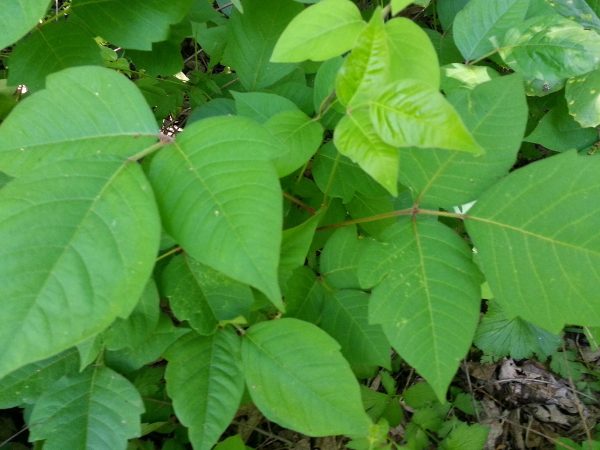
Success
You are now signed up for our newsletter
Success
Check your email to complete sign up
Symptoms of poison ivy — and its relatives poison oak and sumac — appear 24 to 72 hours after contact. Thus, you don’t need to rush in and wash the minute you brush against a leaf, but when you’re done you should remove the offending oils from your skin.
Although there are many “poison ivy” soaps you can try, just about any soap will work if you use the correct method: Think of this resinous oil as a stubborn and sticky stain that happens to be invisible. Like motor oil, you really need to scrub with a soapy washcloth to successfully remove it completely. Give every ounce of you that might have come into direct or indirect (did you touch your face while weeding?) contact a thorough scrubbing, and toss your clothes in the wash.
Armed with this trick, you ought to be able to safely remove any poison ivy that you locate in your yard, minimizing future exposure. Learn to recognize the plant and its relatives. Poison oak is found in the western region of the U.S., and poison sumac is found mainly in wet areas of the easterm regions.
Natural remedies
If it’s too late for washing and you’ve already got a rash, there are a number of substances you’re likely to have on hand that may bring you some relief.
Honey is known for its many medicinal properties. This natural, antimicrobial, calming, and anti-inflammatory sweetener can be helpful in soothing and healing your skin.
Witch hazel is a pleasant-smelling astringent with anti-inflammatory properties. It can help dry the rash, while cooling and soothing the skin.
A paste of oatmeal and water can also help reduce itching with its anti-inflammatory and soothing properties.
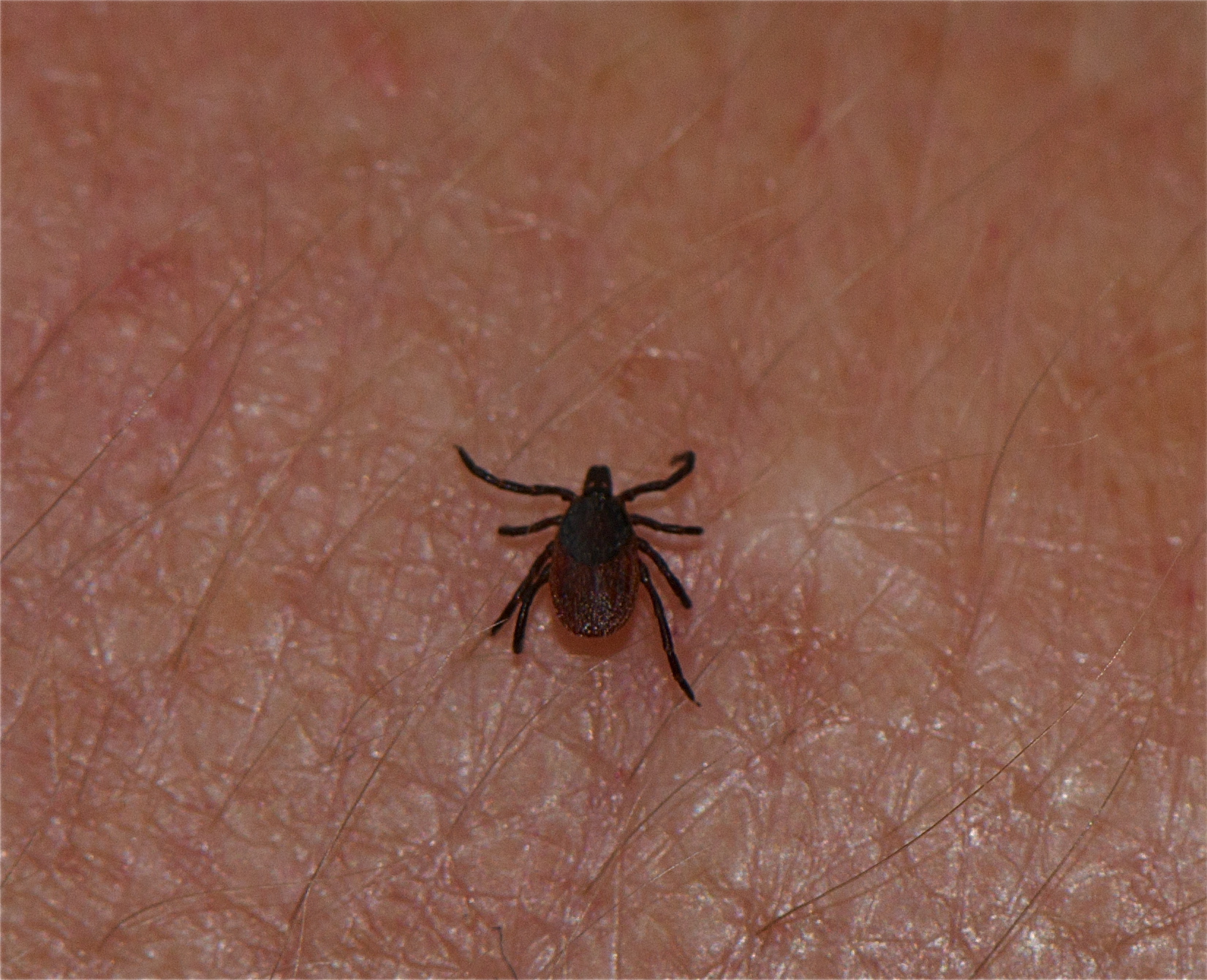
Tricks for ticks
In my experience, as soon as the warm weather arrives, so do the ticks. If you get any wildlife in your garden, including bunnies, squirrels, and even birds, these parasitic arachnids are likely to follow. Do you need to cover yourself in protective clothing and douse yourself with poisons to enjoy the outdoors? No. Like urushiol, ticks don’t take effect immediately.
After you’ve been outdoors, check yourself carefully. They like especially to hide in snug, dark places like the crotch area, armpits, and behind the ears. Crawling ticks are easy to capture and remove.
If you find that a tick has taken hold, don’t freak out. Most tick removal practices are quite sketchy, but there is one that really is safe and effective. Oddly enough, tick removal can be done with exactly the same materials as urushiol removal — soap and a washcloth.
To remove an embedded tick, moisten and soap up the corner of a washcloth. You can also use a Q-tip with oil or soap. Place the soapy cloth or Q-tip directly over the tick and rub in a tight counterclockwise rotation. It seems that these critters enter clockwise, so this method gently unscrews them for a complete and tidy release.
The popular tweezer method, on the other hand, is likely to not only squeeze the parasite’s pathogens into your body, but also leave its head embedded in your skin. I don’t think I need to point out the dangers of trying to burn a biting tick. With this rubbing method, you will soon you will see the small critter on your cloth and you can wash it down the drain. Apply a drop of tea tree, clove, oregano or other antiseptic essential oil to help prevent infection from the bite.
Over the years, I have used this method to remove dozens of ticks from myself, various family members and frantic neighbors, all with great results. The key is to catch the tick, so be on the lookout!
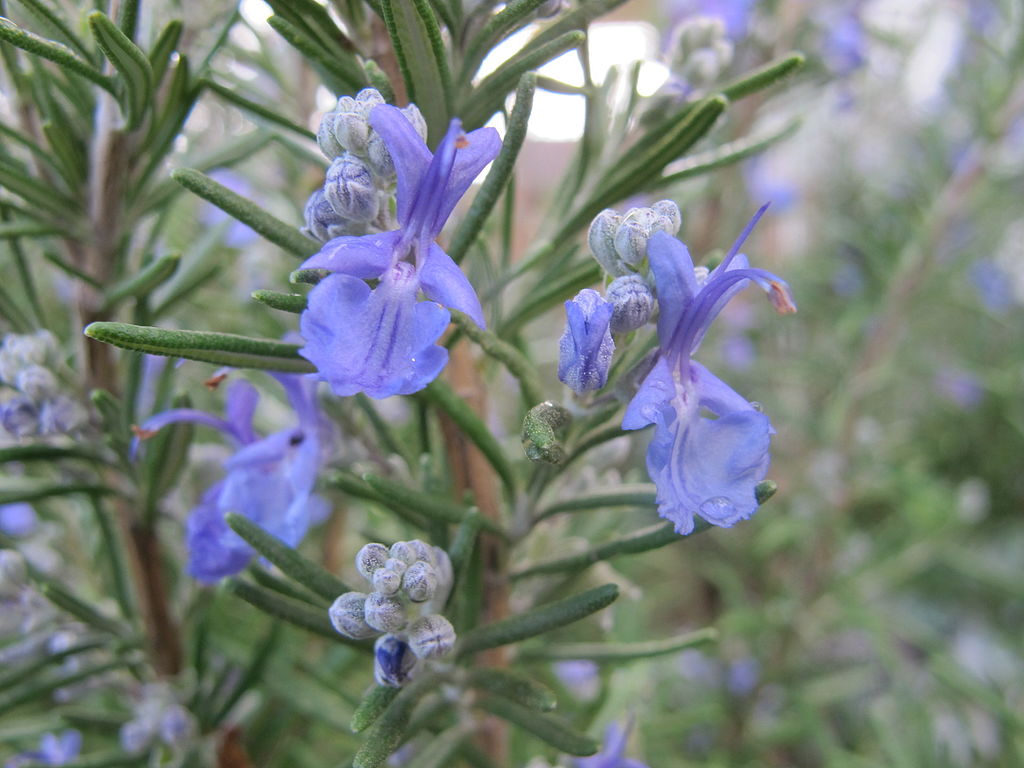
To reduce the tick population, there’s nothing better than chickens. They have keen eyesight and eat all day long. If you can’t keep chooks, you can repel ticks naturally with essential oils like peppermint, spearmint, and rosemary — which also repels lice! Simply place a few drops in a small spray bottle of water and give your legs a spritz before embarking on your daily adventure. Better yet, populate your garden with these aromatic herbs!
Preventing physical injury
While gardening is predominantly a pleasant and peaceful activity, we humans are driven to keep order and control. The tools we use are not tender and sweet — they are fierce and sharp. If you’re not careful and respectful of your gardening implements, they may come back to bite you. A few simple rules can help keep you fully intact and able.

Don’t leave your tools lying around. It’s not just the sharp edges that can injure. Stepping on the head of a rake can give you both a wounded foot and a big goose egg on the noggin. Keeping everything in its proper place will also prevent rust from exposure to the elements, and ensure that you can find what you need when you need it.
Wear gloves when using hand tools. Pruners, saws and loppers are made to cut. When mistakenly applied to our fingers, the skin is no match for a sharp blade. Comfortable, flexible, rubberized cotton gloves offer protection from tools, stings and bites, soil impurities and sun
Use your body carefully and effectively. Repetitive hand movements are a common cause of carpal tunnel syndrome, a condition that causes weakness, tingling and numbness in the hands. Break up lengthy tasks by alternating activities. This is good for mental clarity as well.
Much of gardening revolves around material handling. Learn the art of lifting heavy objects: Bend at the knee rather than the back, tighten your stomach muscles, and keep the item close to avoid straining yourself. Distribute the weight evenly between both hands if possible.
Use your brain before your body. Analyze the situation to find the most efficient approach before trying to tackle it. There is often a strain-free solution to moving heavy objects, like rolling, sliding or balancing on the shoulder, rather than using brute force.
With any challenging project, try to envision possible disasters so that you can take steps to prevent them. Anticipate everything taking more time than it should, so that you aren’t rushed. Stress can easily contribute to accidents.
No matter how careful we are, most of us manage to damage ourselves here and there; now and then. Next week, I will share how to make a fabulous salve that helps prevent infection and improves healing-time for everything from abrasions and bruises to insect bites, rashes and fractures.



